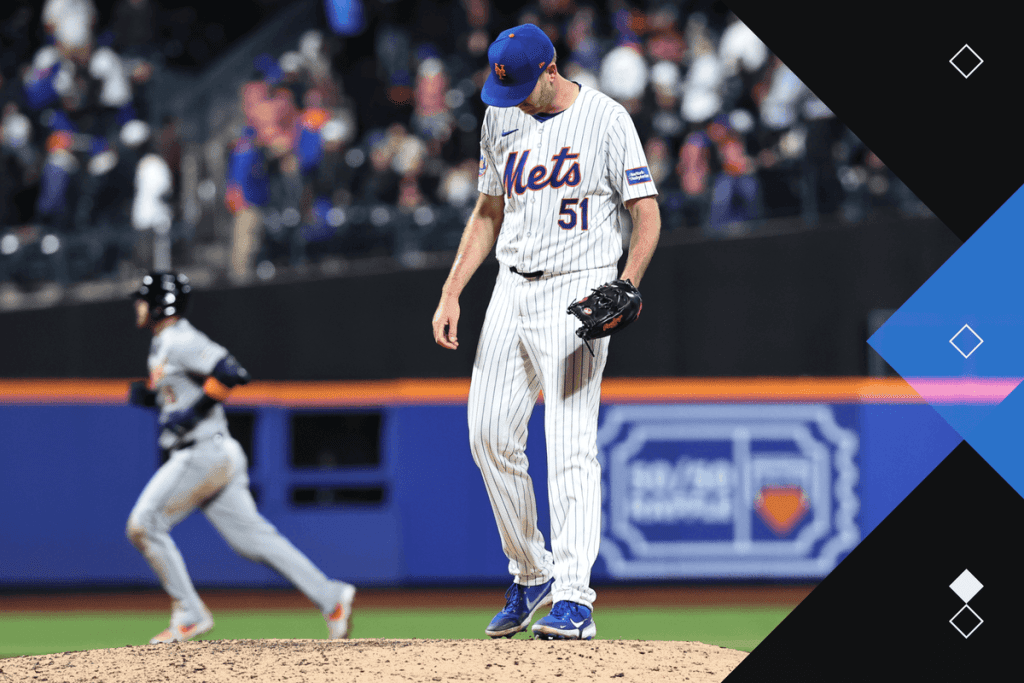The Reliability of Home-Field Advantage
The concept of home-field advantage in sports is one of the most consistently proven phenomena, applicable across various games. While academics and analysts dedicate their careers to investigating the reasons behind its prevalence, the existence of this advantage is unquestionable.
Baseball Data Supports the Advantage
An examination of baseball statistics makes the impact of home-field advantage clear. In the last MLB season, teams had a .522 winning percentage at home compared to .478 on the road. This trend has been observed in years past—.533 to .467 in 1974 and .538 at home versus .462 on the road in 1924. Although there are minor fluctuations year by year, and the overall advantage appears to be diminishing, this trend remains quite strong, even as teams traveled by train for long stretches in earlier decades.
The Universality of Home Advantage
Although winning percentages can vary when analyzing smaller data sets, the evidence for home-field advantage remains consistent. Every Major League Baseball team historically has a winning record at home, including the Marlins, who, despite their overall struggles, still enjoy a home-field edge.
Impacts of Recent Rule Changes
However, recent rule modifications, like the introduction of an automatic runner at second base in extra innings starting in 2020, have generated backlash among fans and analysts alike. The inertia against such changes can be attributed to human cognition, which often resists deviations from the norm. Critics point out that this alteration disrupts familiar gameplay, leading to aesthetic concerns and a general sense of wrongness.
Shifting Dynamics in Extra Innings
Through the lens of home-field advantage, the effects of this rule change become troubling. From 1901-2019, home teams won approximately 52.3% of extra-inning games, but from 2020-2024, that figure dropped to 49.3%. Over the last five seasons, with 917 extra-inning games played, the statistics indicate a slight edge for the visiting teams, undermining this traditional advantage.
The Asymmetrical Nature of the Rule
One theory for this shift is the unequal conditions created by the automatic baserunner rule. While it theoretically aids both teams in scoring opportunities, the visiting team can strategize around their knowledge of needing to protect or extend their lead in a way that the home team cannot. This creates asymmetry that disadvantages the home team during critical moments in extra innings.
Conclusion: Re-evaluating the Change
Ultimately, the unintended consequence of fewer home team victories could reshape how fans experience the game, which once thrived on the energetic support of home crowds. While there are various issues affecting the sport, this particular rule feels like a simple fix—eliminating it would be a step towards restoring the integrity of home-field advantage as a central pillar of baseball.



